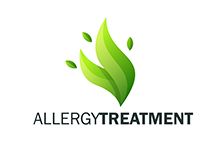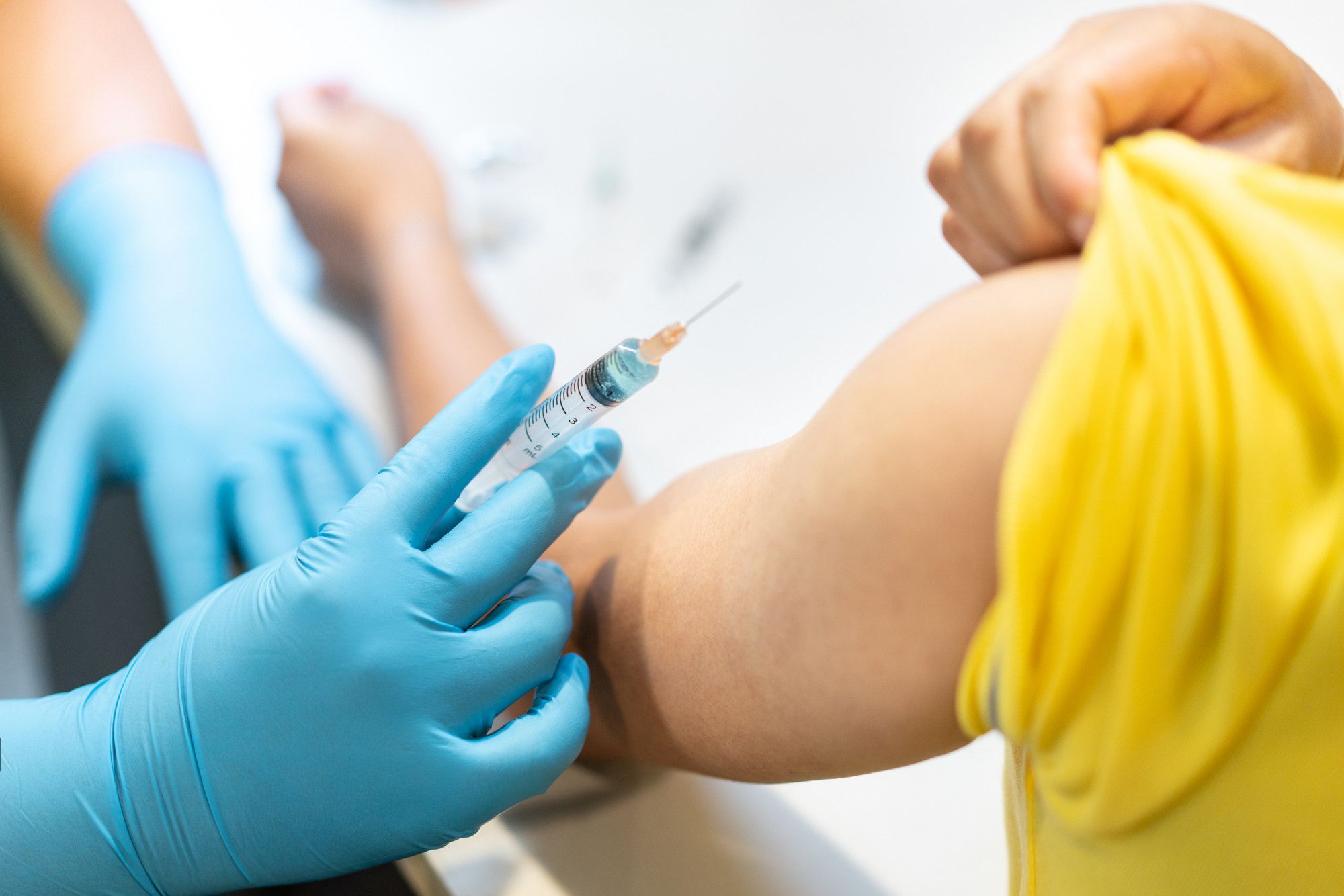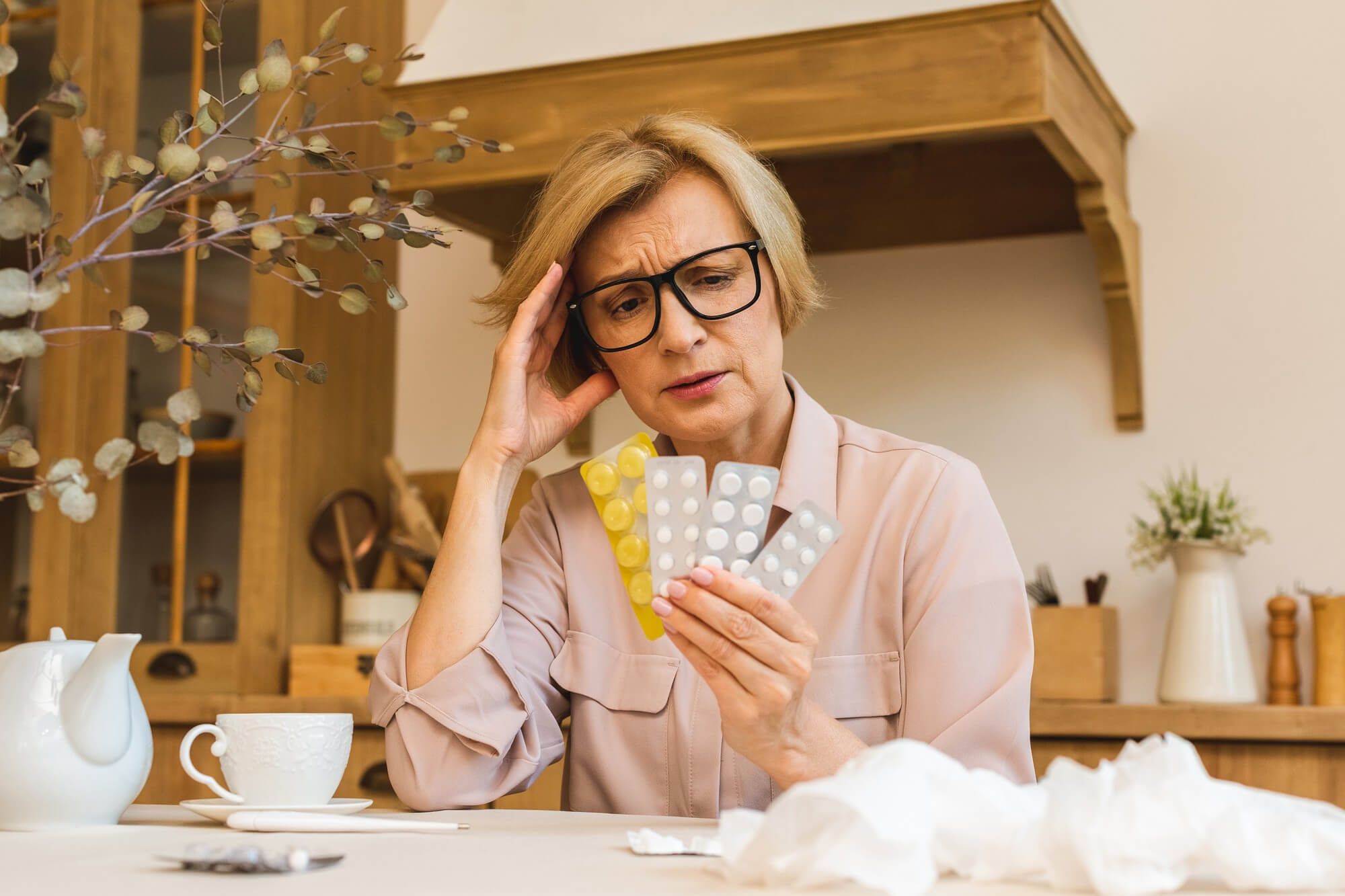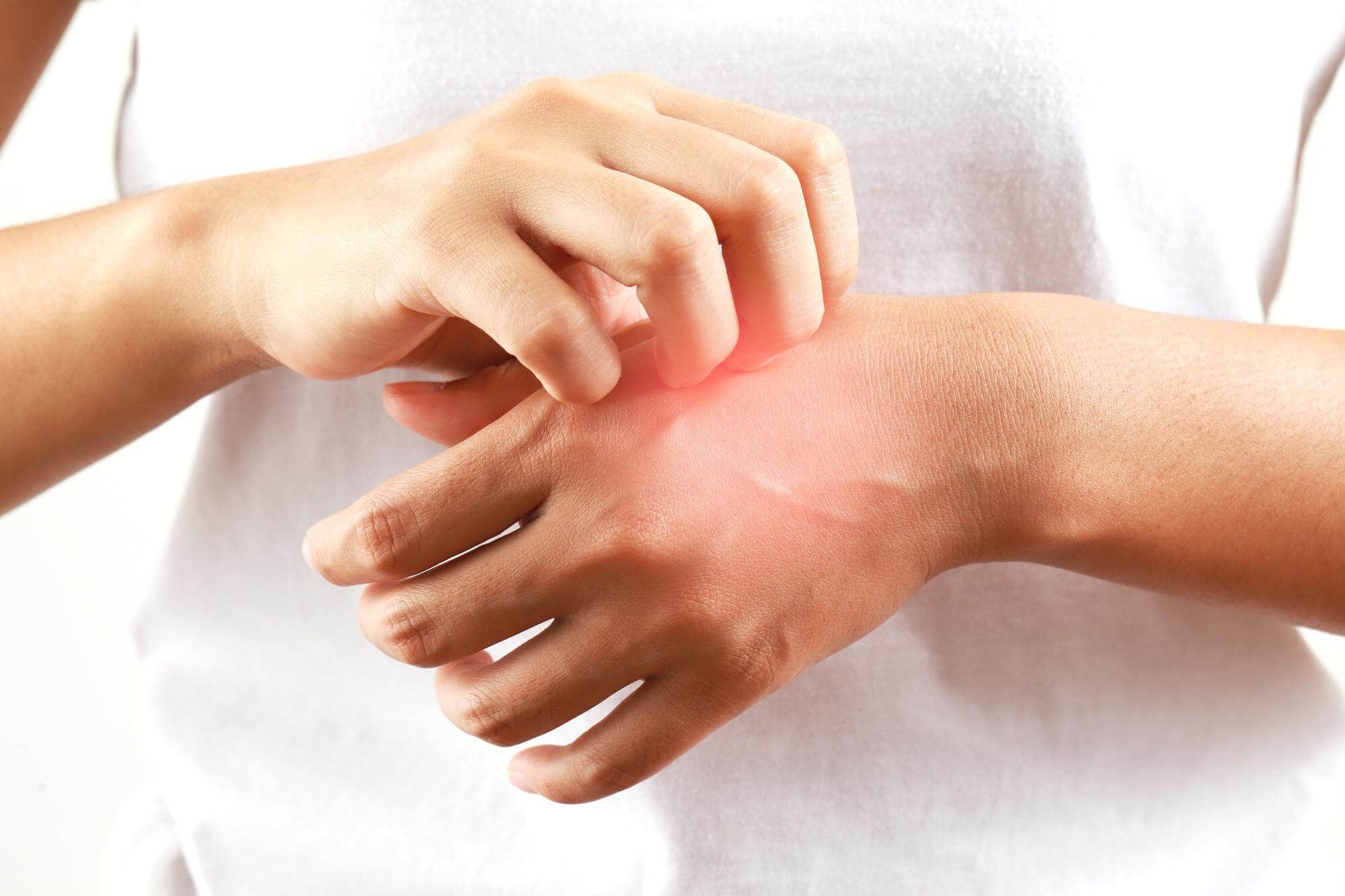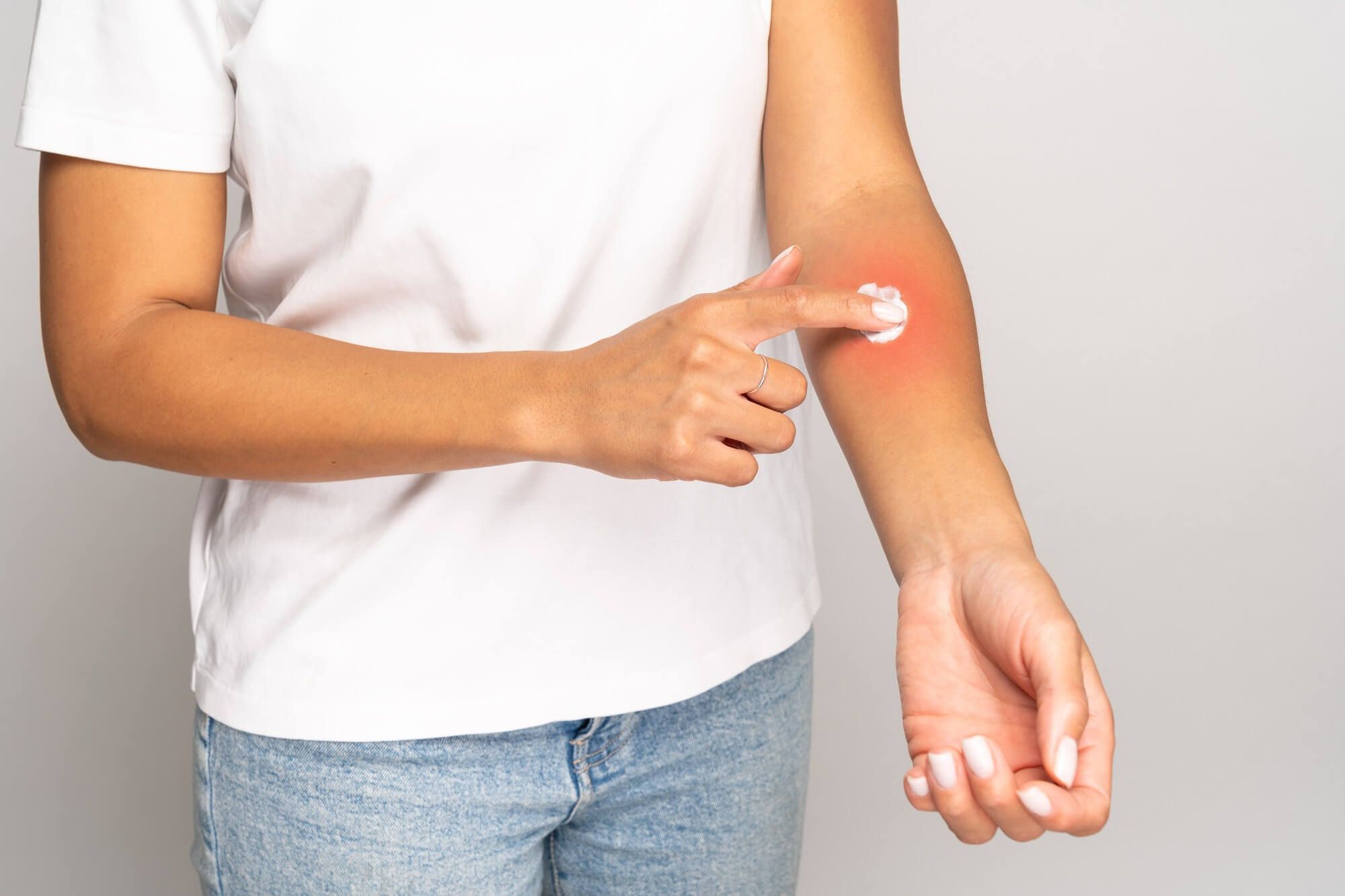Toxic allergic dermatitis: causes and symptoms
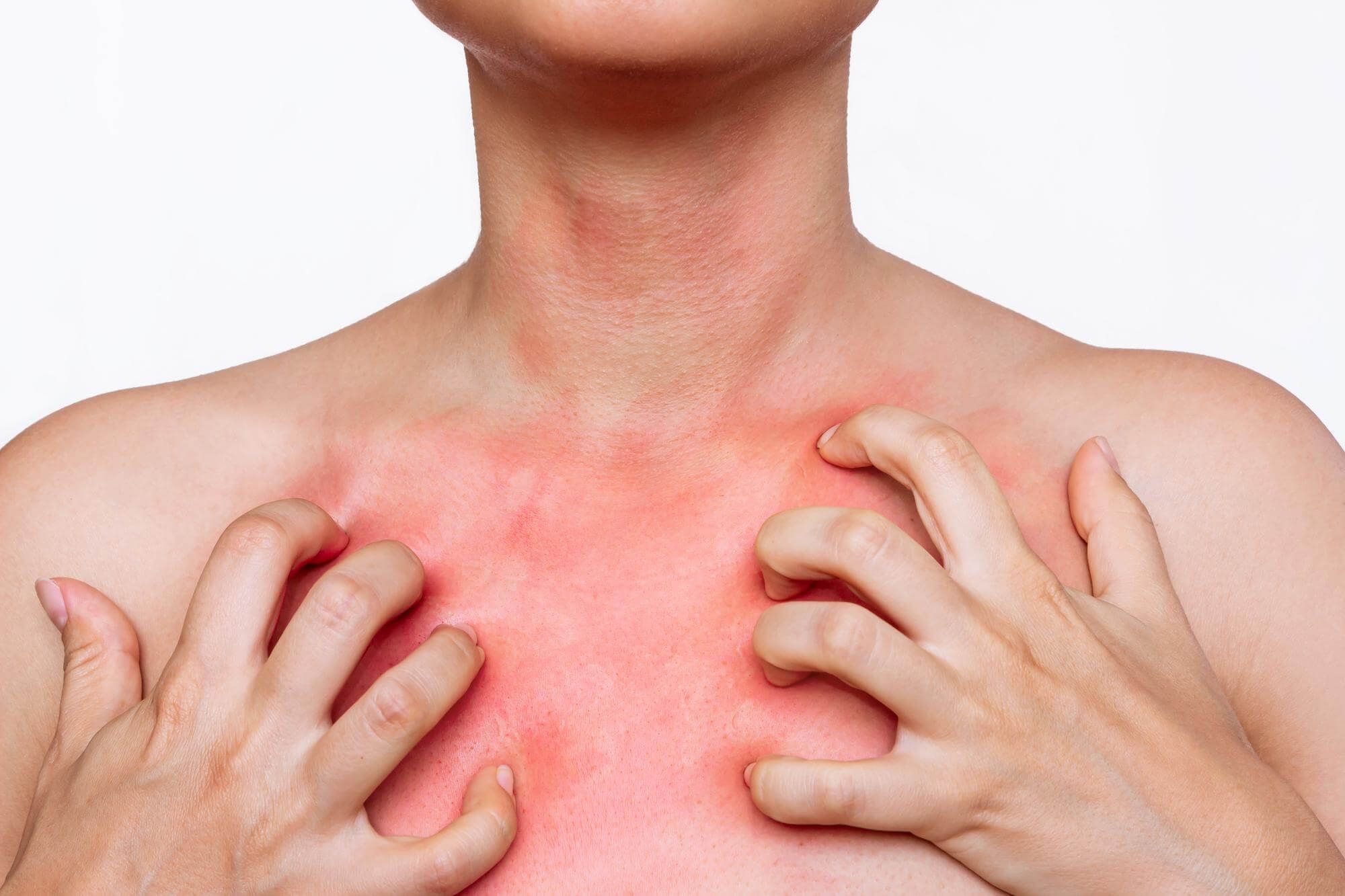

Irina Makarova
What is toxic-allergic dermatitis?
Toxic-allergic dermatitis is a pathological condition of the skin due to the body's interaction with various toxic and allergenic substances. This form of dermatitis appears as a rash, itching, redness and swelling of the skin, and is often associated with toxic allergies.
Causes of toxic-allergic dermatitis
- Toxic-allergic dermatitis may be caused by various external factors, including contact with chemicals (detergents, cosmetics, medications), metals (nickel, chromium), plants, etc.
- Internal factors include genetic predisposition, immune system disorders, chronic internal diseases and endocrine disorders.
Symptoms of toxic-allergic dermatitis
Symptoms may include rash, itching, redness and swelling of the skin, formation of dropsy or vesicles, ulcers and crusts.
Dermatitis goes through several stages: acute, subacute and chronic. The acute stage is characterized by vivid symptoms, subacute by periodic exacerbations, and chronic by persistent symptoms with periodic improvements.
Diagnosis of toxic-allergic dermatitis
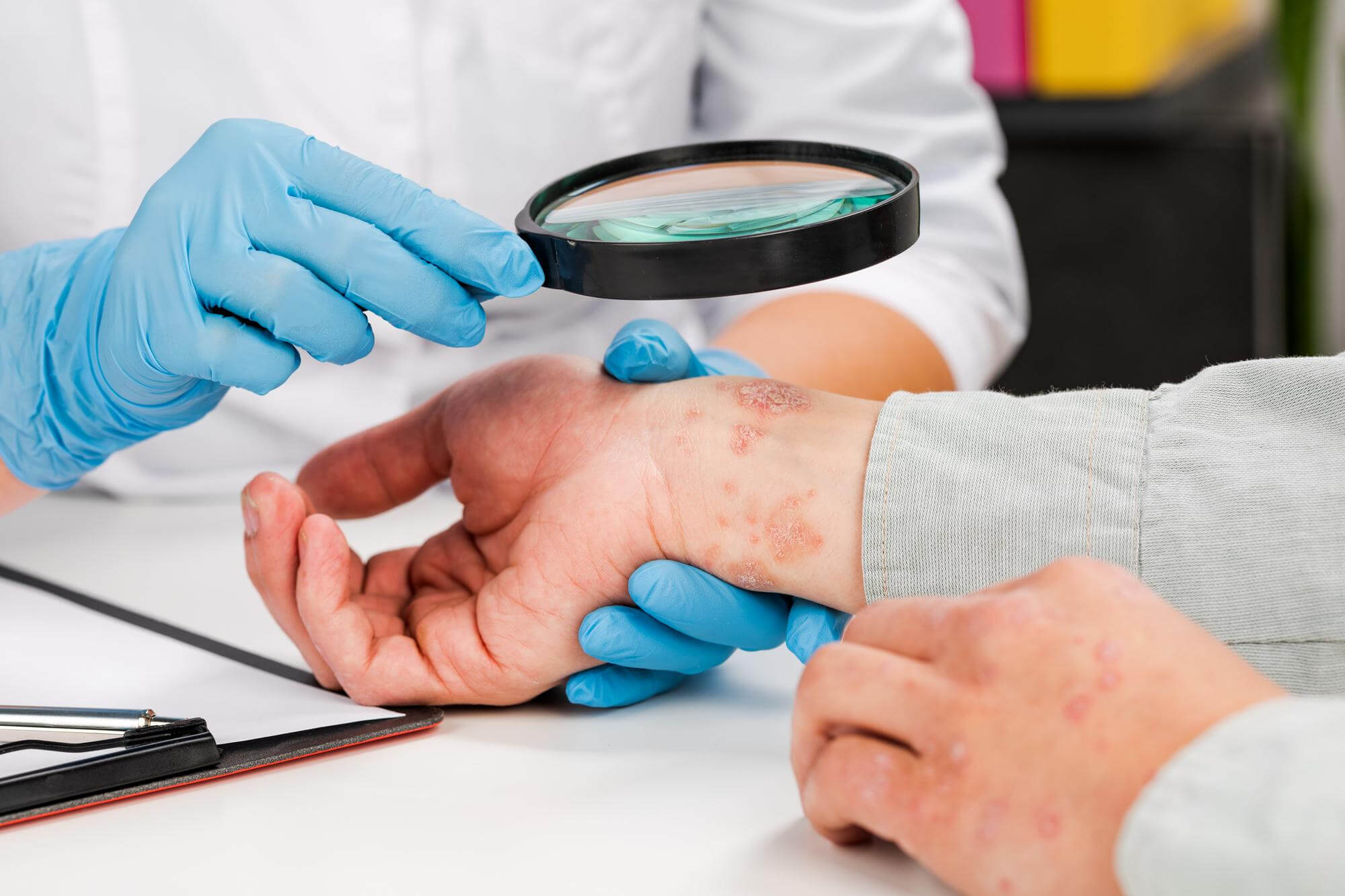
Diagnosis of toxic-allergic dermatitis includes history, physical examination, allergologic tests, and laboratory tests.
Toxic allergic dermatitis treatment
Treatment of toxic-allergic dermatitis usually begins with medication therapy.
Antihistamines such as Suprastin, Tavegil, or Zyrtec help reduce itching and other allergic reactions.
Glucocorticosteroid ointments or creams, such as Hydrocortisone or Advantan, may be prescribed locally on affected skin. Systemic glucocorticosteroids, such as Prednisolone, may be used for severe inflammation.
Nonmedicamental treatment methods include diet, moisturizing the skin, using hypoallergenic cosmetics, following a day and night routine, and avoiding contact with known allergens.
Surgical treatment of toxic-allergic dermatitis is rarely used and is usually associated with the management of complications such as abscesses or phlegmons.
Prevention of toxic-allergic dermatitis
Prevention includes avoiding contact with allergens, moisturizing the skin, using hypoallergenic cosmetics, maintaining a healthy lifestyle and regular medical check-ups.
In conclusion, we would like to note that toxic-allergic dermatitis - this is a serious disease that requires timely diagnosis and quality treatment. At the first signs of dermatitis you need to see an allergist or dermatologist. Remember that self-treatment can lead to unpredictable and often Unfavorable consequences. The key to successful treatment is to seek medical attention early and follow all your doctor's recommendations. Take care of your health and protect your skin from exposure to potentially harmful factors. Remember, prevention of toxic allergic dermatitis is always better than cure.
New materials
Popular Articles
We recommend reading
Contact us in the Contact Us section to ask questions, offer ideas, or for more information about our allergy resource.
Our articles are your trusted source of allergy knowledge. Learn how to make life with allergic reactions easier on our specialized portal.
©
Lechenie-Allergii.com. All rights reserved.
© Lechenie-Allergii.com. All rights reserved.
The information on this site is for informational purposes only and is not a substitute for professional medical advice. We recommend consulting with qualified medical professionals for accurate information and advice.
 English
English  Українська
Українська  Русский
Русский 